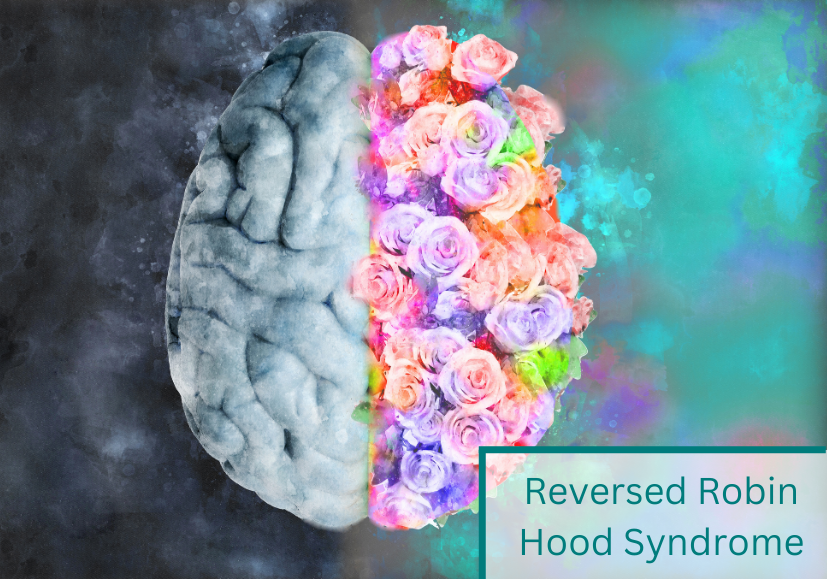
06 Juni 2023 Reversed Robin Hood Syndrome
Abstract Brain Hemodynamics
Cerebral autoregulation normally has an intact vasomotor reserve capacity, with cerebral vasodilation and vasoconstriction providing consistently good blood flow to the brain.
This article from the excellent clinical book „Neurosonology in Critical Care“ deals with the „Reversed Robin Hood Syndrome“, in reference to the romantic hero of literature. There, the rich are robbed to feed the poor, but in our case in reverse the “ poor side“, i.e., the half of the brain with limited reserve capacity is robbed to feed the „rich side“, i.e., the half of the brain with healthy blood flow.
This phenomenon, which leads to neurological symptoms and sequelae, is called Reversed Robin Hood Syndrome. The determination of vasomotor reactivity can be done with the help of inhaled CO2, intravenous injection of acetazolamide or simply by calculating the Breath-Holding Index (BHI).
In summary, the authors point out that Transcranial Doppler Sonography can be used non-invasively to determine the steal magnitude and therefore identify patients at high risk for cerebral ischemia and stroke.
Reference:
Reversed Robin Hood Syndrome and Ischemic Stroke: Usefulness of Transcranial Doppler (TCD/TCCS) to Real-Time Monitoring; In book: Neurosonology in Critical Care (Springer 2022)
Sanjeev Sivakumar, Ryan Hakim
Related articles:
Association of reversed Robin Hood syndrome with risk of stroke recurrence. (2010)
Palazzo P, Balucani C, Barlinn K, Tsivgoulis G, Zhang Y, Zhao L, Dewolfe J, Toaldo B, Stamboulis E, Vernieri F, Rossini PM, Alexandrov AV
Prevalence and risk factors associated with reversed Robin Hood syndrome in acute ischemic stroke. (2009)
Andrei V Alexandrov, Huy Thang Nguyen, Marta Rubiera, Anne W Alexandrov, Limin Zhao, Ioannis Heliopoulos, Alice Robinson, Jennifer Dewolfe, Georgios Tsivgoulis
Reversed Robin Hood syndrome in acute ischemic stroke patients. (2007)
